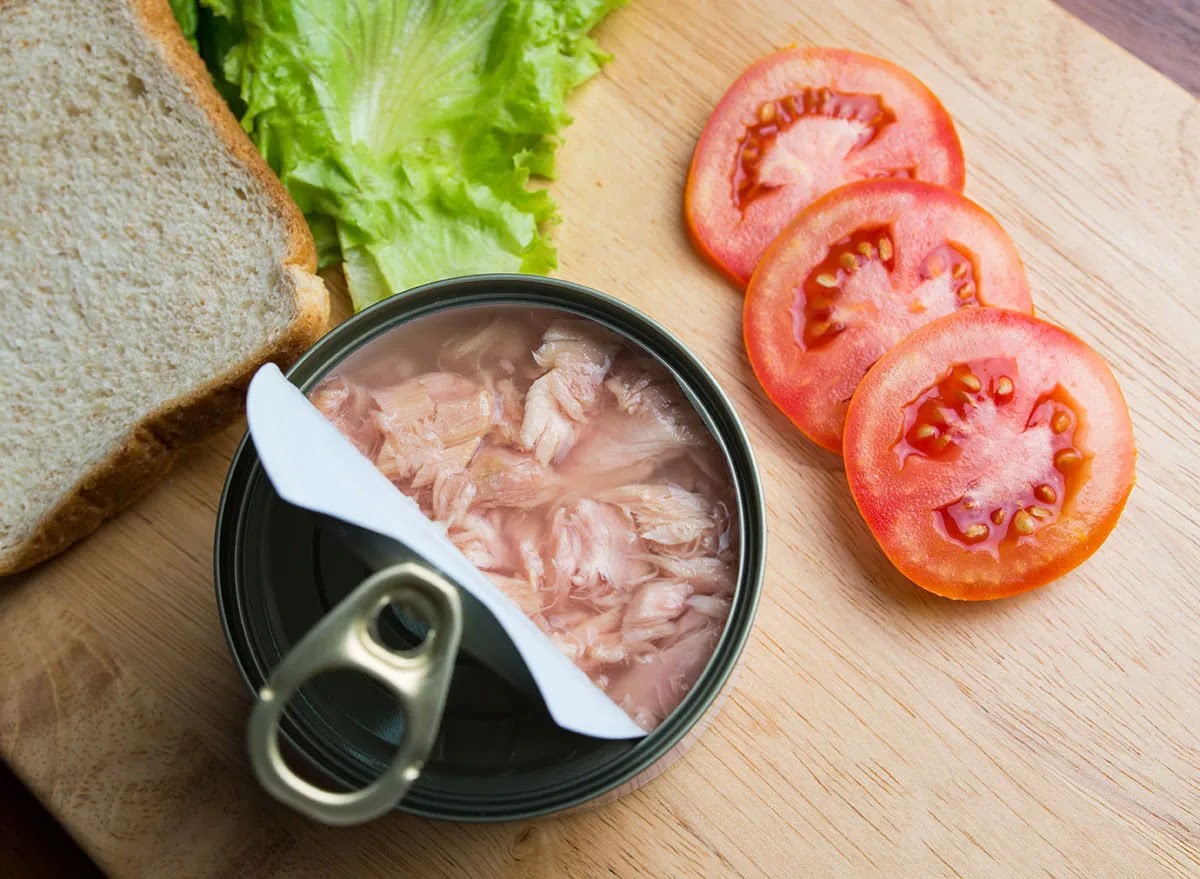

Articles
How To Store Canned Fish After Opening
Modified: February 23, 2024
Discover the best techniques for safely storing canned fish once opened to maintain freshness and taste. Read our informative articles now!
(Many of the links in this article redirect to a specific reviewed product. Your purchase of these products through affiliate links helps to generate commission for Storables.com, at no extra cost. Learn more)
Introduction
Welcome to our guide on how to store canned fish after opening! Canned fish is a convenient and nutritious option for adding to salads, sandwiches, or serving as a standalone protein source. However, once the can is opened, it’s important to properly store any leftover fish to maintain its freshness and prevent spoilage.
Proper storage of canned fish is crucial to ensure its quality and safety. Improper storage can lead to bacterial growth, off-putting odors, and a loss of flavor and texture. By following the recommended storage guidelines, you can extend the shelf life of your canned fish and enjoy it at its best for longer periods.
In this article, we’ll provide you with helpful tips for storing canned fish in different locations, including the pantry, refrigerator, and freezer. We’ll also share some useful strategies for maximizing the fish’s shelf life, as well as important safety precautions to keep in mind. With this knowledge, you’ll be able to enjoy the deliciousness of canned fish while minimizing waste.
So, let’s dive in and learn how to store canned fish after opening!
Key Takeaways:
- Proper storage of canned fish is crucial for maintaining flavor, texture, and safety. Follow recommended guidelines to extend shelf life and minimize waste, ensuring deliciousness with every bite.
- Prioritize safety when storing canned fish. Check for damage, wash hands, and discard if unusual odors or textures are present. Enjoy convenience and flavor while ensuring quality and safety.
Read more: How To Store Canned Chickpeas After Opening
Importance of Proper Storage
Proper storage of canned fish is crucial for several reasons. Firstly, it helps to maintain the integrity of the fish’s flavor and texture. Canned fish that is stored improperly may develop an unpleasant taste, become mushy, or lose its original freshness. By following the recommended storage guidelines, you can ensure that your canned fish remains flavorful and enjoyable.
Secondly, proper storage helps to prevent bacterial growth and foodborne illnesses. While canned fish is already cooked during the canning process, opening the can exposes it to potential contaminants. By storing the fish properly, you limit bacterial growth and reduce the risk of food poisoning.
Lastly, storing canned fish correctly helps to minimize food waste, as you can extend its shelf life. This is good for both your budget and the environment. By understanding how to store canned fish after opening, you can make the most of every can and reduce the amount of food that goes to waste.
Now that we understand the importance of proper storage, let’s explore the different methods for storing canned fish in more detail.
Storing Canned Fish in the Pantry
Storing canned fish in the pantry is the most convenient option, as it allows for easy access and is ideal for short-term storage. However, it’s important to note that the pantry should be cool, dry, and away from direct sunlight to maintain the quality of the fish.
Here’s how to store canned fish in the pantry:
- Choose a cool and dry spot in your pantry to store the cans. Avoid areas near the stove, dishwasher, or any other heat source.
- Ensure that the cans are stored in airtight containers or cabinets to protect them from exposure to air and moisture.
- Keep the cans away from strong-smelling foods, as they can absorb odors. If possible, store them separately or use airtight containers to prevent any cross-contamination of smells.
- Check the expiration date on the can before storing it. Use the “first in, first out” principle to rotate your stock and consume the oldest cans first.
Remember that canned fish stored in the pantry has a limited shelf life compared to other storage methods. It’s best to consume it within a few months of opening the can to ensure optimal quality and taste.
If you live in a hot and humid climate or have a pantry that is prone to temperature fluctuations, it’s recommended to store your canned fish in alternative locations such as the refrigerator or freezer for longer shelf life.
Next, let’s discover how to store canned fish in the refrigerator.
Storing Canned Fish in the Refrigerator
Storing canned fish in the refrigerator is an excellent option if you want to extend its shelf life beyond what the pantry can offer. The cool temperature of the refrigerator helps to slow down bacterial growth, keeping the fish fresh for a longer period.
Here’s how to store canned fish in the refrigerator:
- After opening the can, transfer any leftover fish to an airtight container. This will help prevent any odor transfer to other foods in the refrigerator and maintain the quality of the fish.
- Label the container with the date of opening to easily keep track of its freshness.
- Place the container in the refrigerator’s main compartment, away from raw meats, poultry, and strong-smelling foods.
- Consume the refrigerated canned fish within 2-3 days for maximum freshness. After that, it’s best to discard any remaining fish.
It’s important to note that while refrigeration can help preserve the quality of canned fish, it is still a relatively short-term storage solution. If you have a larger quantity or want to extend the shelf life further, it’s recommended to store your canned fish in the freezer.
Let’s explore the freezer storage method in the next section.
After opening canned fish, transfer any leftovers to an airtight container and store in the refrigerator for up to 2 days. This will help maintain freshness and prevent any strong odors from affecting other foods in the fridge.
Storing Canned Fish in the Freezer
If you have excess canned fish or want to extend its shelf life for an extended period, storing it in the freezer is the best option. Freezing canned fish helps to preserve its freshness, flavor, and texture for several months.
Here’s how to store canned fish in the freezer:
- Transfer the canned fish to a freezer-safe container or resealable freezer bags. Ensure that the container is airtight to prevent freezer burn and maintain the quality of the fish.
- Label the container with the date of freezing to keep track of its freshness.
- Remove any excess air from the container or freezer bag before sealing it. This will help prevent freezer burn and maintain the fish’s quality.
- Place the containers or freezer bags in the coldest part of the freezer, such as the back or the bottom shelf.
Properly frozen canned fish can maintain its quality for up to 3-6 months. During this time, the fish will remain safe to eat, but its quality may gradually deteriorate over time. For the best flavor and texture, it’s recommended to consume the fish within the first few months of freezing.
When you’re ready to use the frozen canned fish, thaw it in the refrigerator overnight or defrost it in cold water to speed up the process. Avoid leaving it at room temperature to prevent bacterial growth.
By following these guidelines, you can enjoy the convenience of having canned fish readily available in your freezer for delicious meals.
Next, let’s explore some tips on how to maximize the shelf life of canned fish.
Read more: How To Store Canned Beans After Opening
Tips for Extended Shelf Life
To maximize the shelf life of your canned fish and ensure its quality, here are some helpful tips to keep in mind:
- Always check the expiration date on the can before purchasing or consuming the canned fish. Avoid buying cans that are close to or past their expiration date.
- Store your canned fish in a cool and dry place, away from direct sunlight and heat sources. This will help maintain its freshness and prevent spoilage.
- Use the “first in, first out” principle when it comes to consuming your canned fish. Rotate your stock and consume the oldest cans first to ensure you’re always enjoying the freshest fish.
- If you have leftovers after opening a can, transfer them to an airtight container or freezer-safe bag for proper storage. This will help maintain the fish’s quality and prevent odors from spreading in the refrigerator or freezer.
- Consider portioning your canned fish before freezing, especially if you don’t plan on consuming the entire can at once. This will allow you to thaw only the amount you need without having to refreeze the rest.
- If you choose to freeze canned fish, make sure to label the containers or freezer bags with the date of freezing. This will help you keep track of their freshness and organize your freezer more efficiently.
- Keep your canned fish away from strong-smelling foods in the pantry, refrigerator, or freezer to prevent any cross-contamination of odors.
- When thawing frozen canned fish, do so in the refrigerator or under cold running water. Avoid leaving it at room temperature for extended periods to minimize the risk of bacterial growth.
- Trust your senses! If your canned fish develops an off-putting odor, strange coloration, or unusual texture, it’s best to discard it, even if it’s within the expiration date.
By following these tips, you can extend the shelf life of your canned fish and enjoy it at its best for a longer period.
However, it’s important to remember that even with proper storage, canned fish will eventually lose its quality over time. It’s always best to consume it within a reasonable timeframe to ensure the best flavor and texture.
In the next section, we’ll cover some important safety precautions to keep in mind when storing canned fish.
Safety Precautions
When it comes to storing canned fish, it’s important to prioritize safety to prevent any foodborne illnesses. Here are some essential safety precautions to keep in mind:
- Check the can for any signs of damage or bulging before purchasing or opening it. Avoid consuming canned fish from cans that are dented, leaking, or showing other signs of compromise.
- Always wash your hands thoroughly before handling canned fish or any other food items. This helps prevent the transfer of bacteria and contaminants.
- Store canned fish away from raw meats, poultry, and other potentially hazardous foods in order to prevent cross-contamination.
- If you notice any off-putting odor, strange coloration, or unusual texture in the canned fish, discard it immediately. Trust your senses and prioritize safety over consumption.
- Do not consume canned fish that has been left at room temperature for more than 2 hours, as this increases the risk of bacterial growth.
- Follow the recommended storage guidelines outlined in this article to ensure that your canned fish remains safe to eat and maintains its quality.
- If you have any doubt about the safety of the canned fish, it’s always best to err on the side of caution and discard it.
By following these safety precautions, you can minimize the risk of contamination and ensure that your canned fish is safe to consume.
Now that you have a good understanding of how to store canned fish after opening and the necessary safety precautions, you can confidently enjoy the convenience and flavor of canned fish without any concerns.
In the final section, let’s wrap up our guide on storing canned fish after opening.
Conclusion
Proper storage of canned fish after opening is essential to maintain its freshness, flavor, and safety. By following the recommended storage methods, you can extend the shelf life of your canned fish and minimize waste.
Storing canned fish in the pantry is convenient for short-term storage, while the refrigerator provides a slightly longer shelf life. If you want to maximize the shelf life, storing canned fish in the freezer is the best option.
Remember to follow safety precautions when storing and consuming canned fish. Check for any signs of damage, wash your hands before handling, and discard any fish with unusual odors, colors, or textures. Prioritize food safety at all times.
By implementing the tips and guidelines outlined in this article, you can enjoy the convenience and nutritional benefits of canned fish while ensuring its quality and safety.
So, the next time you open a can of fish, make sure to store it properly and savor every delicious bite!
Frequently Asked Questions about How To Store Canned Fish After Opening
Was this page helpful?
At Storables.com, we guarantee accurate and reliable information. Our content, validated by Expert Board Contributors, is crafted following stringent Editorial Policies. We're committed to providing you with well-researched, expert-backed insights for all your informational needs.
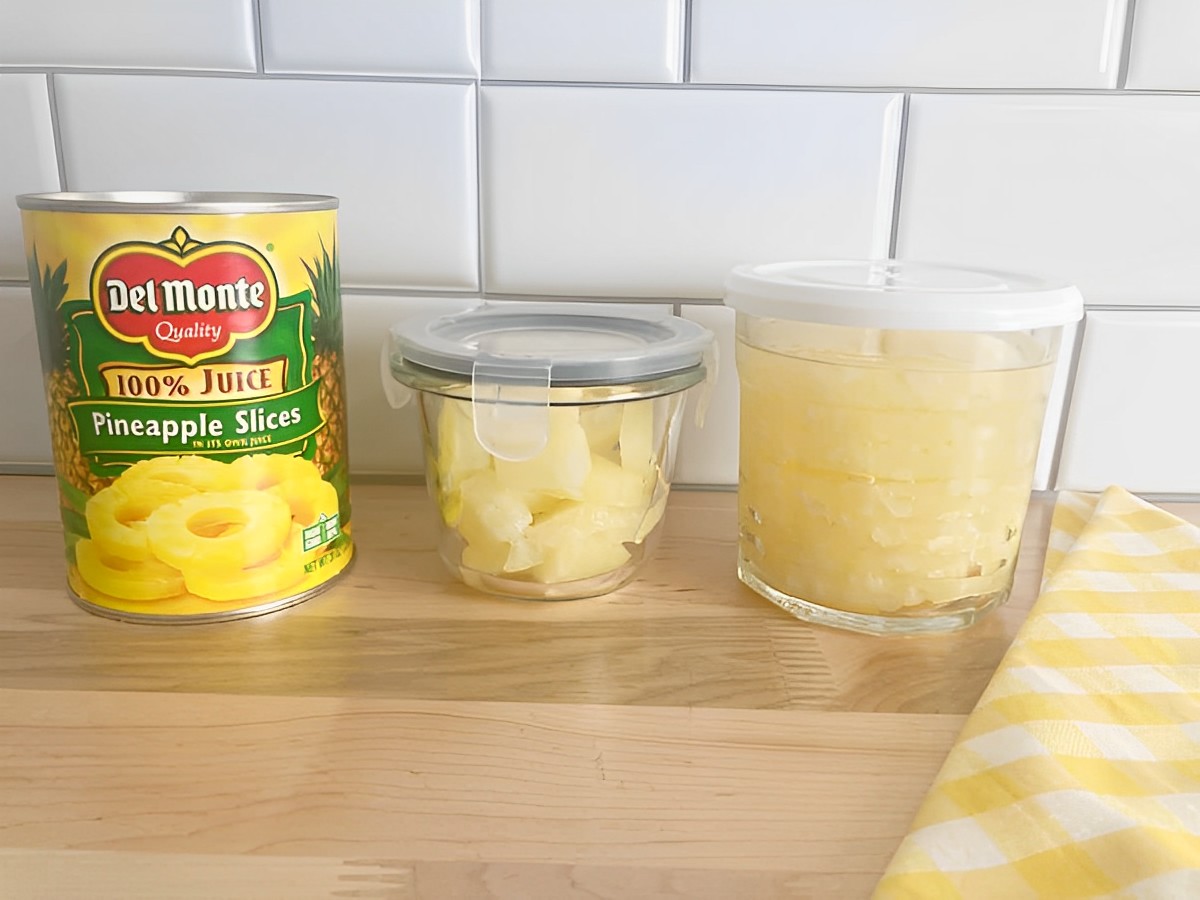


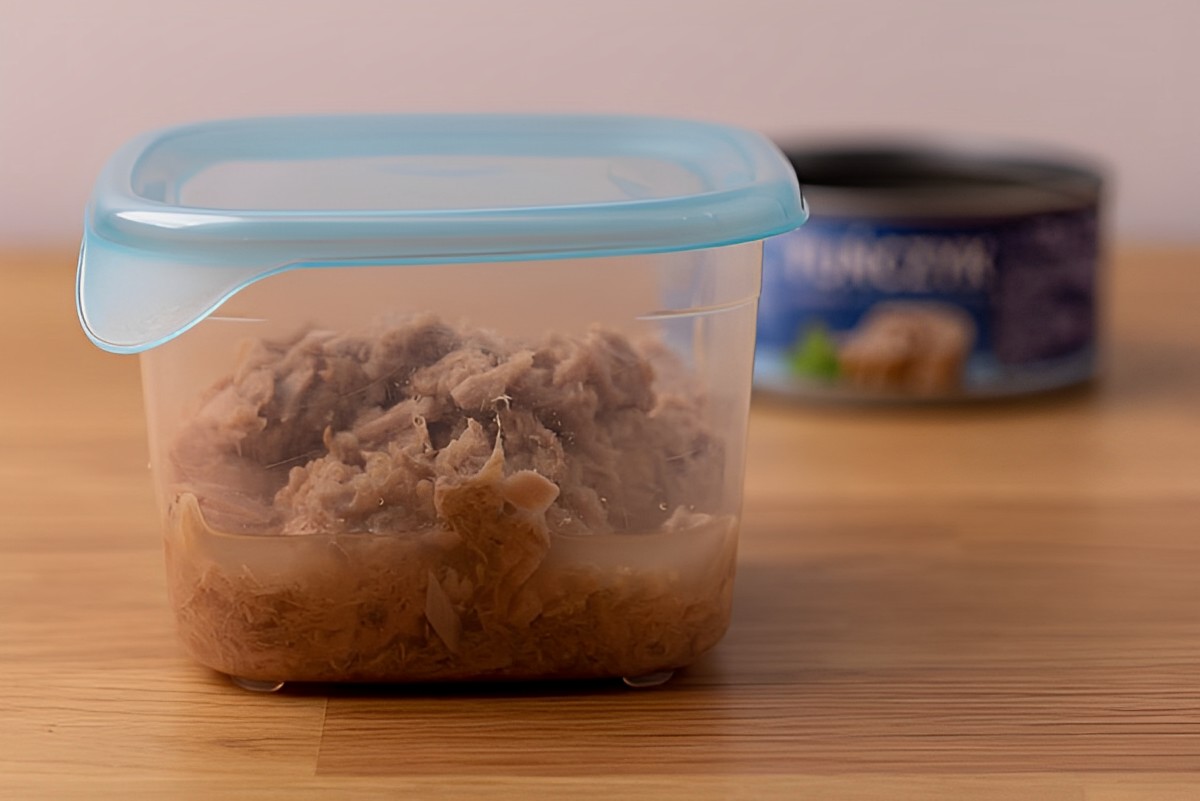

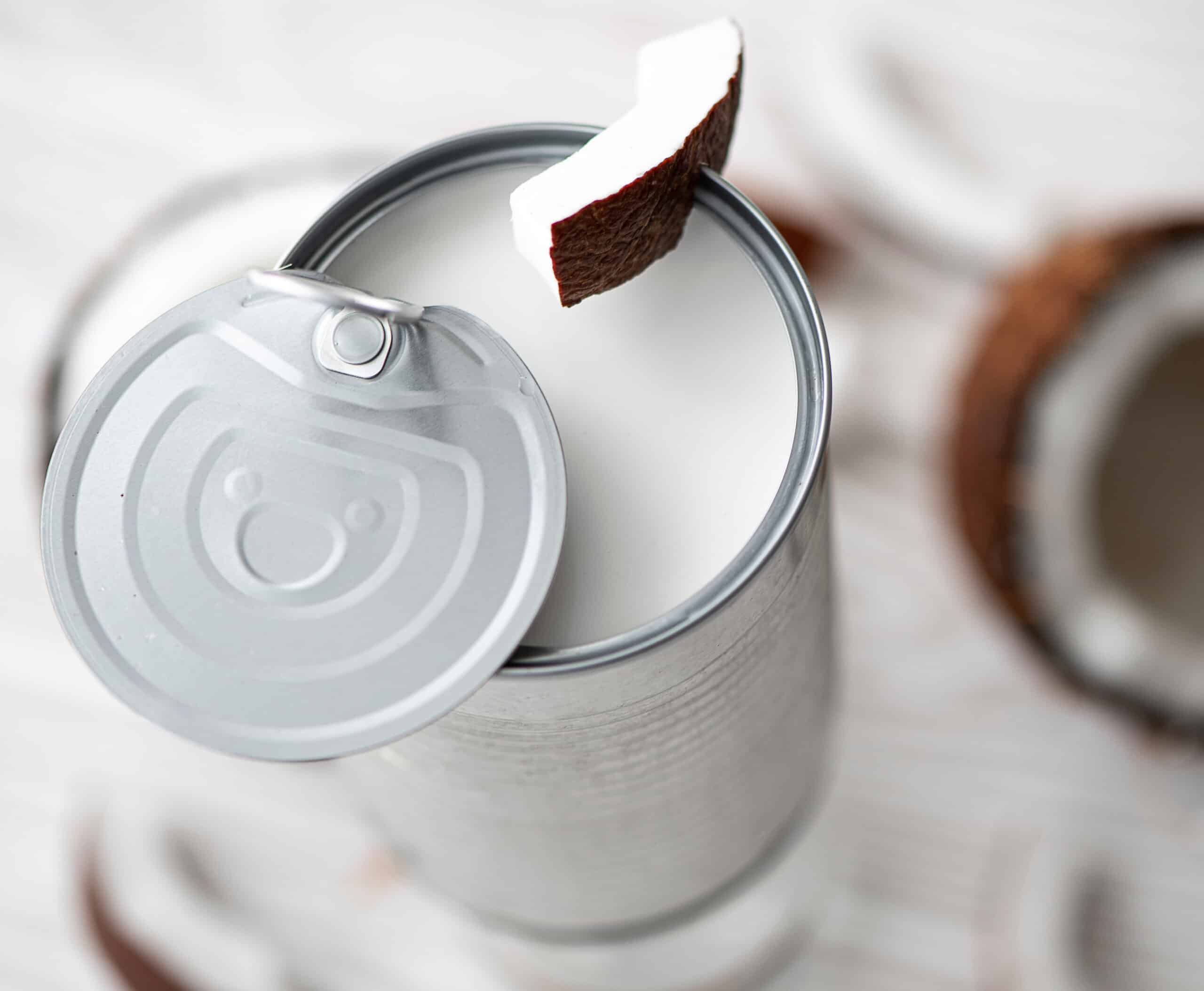
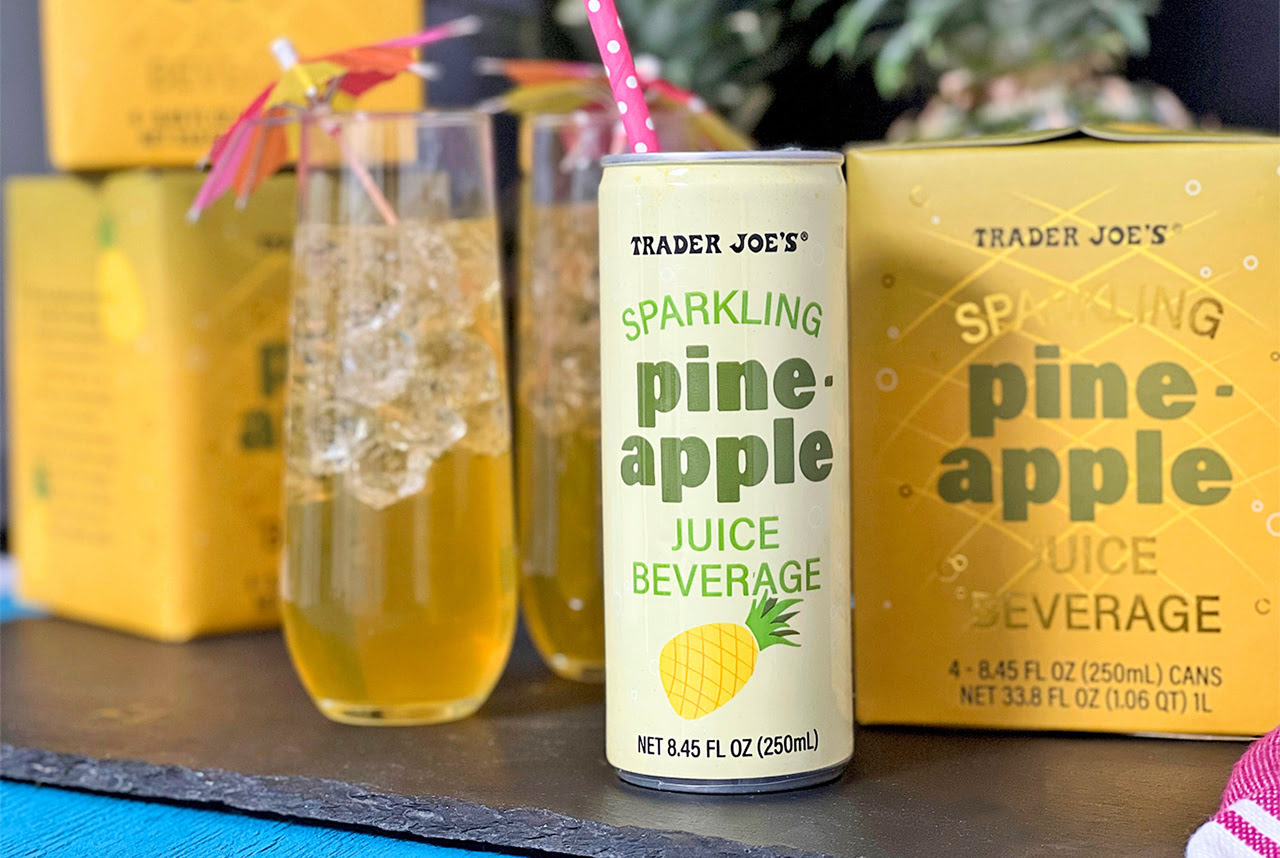



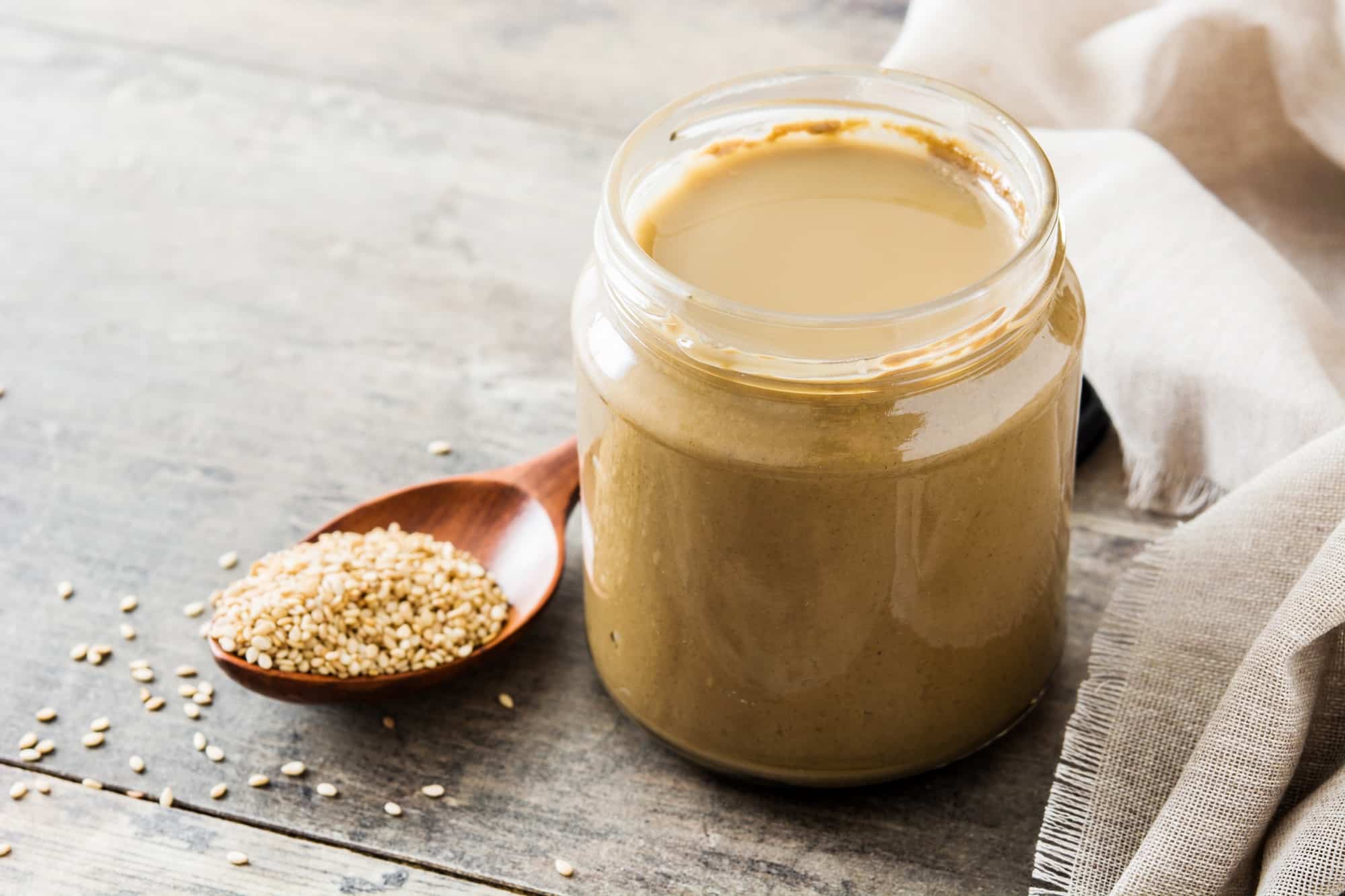




0 thoughts on “How To Store Canned Fish After Opening”